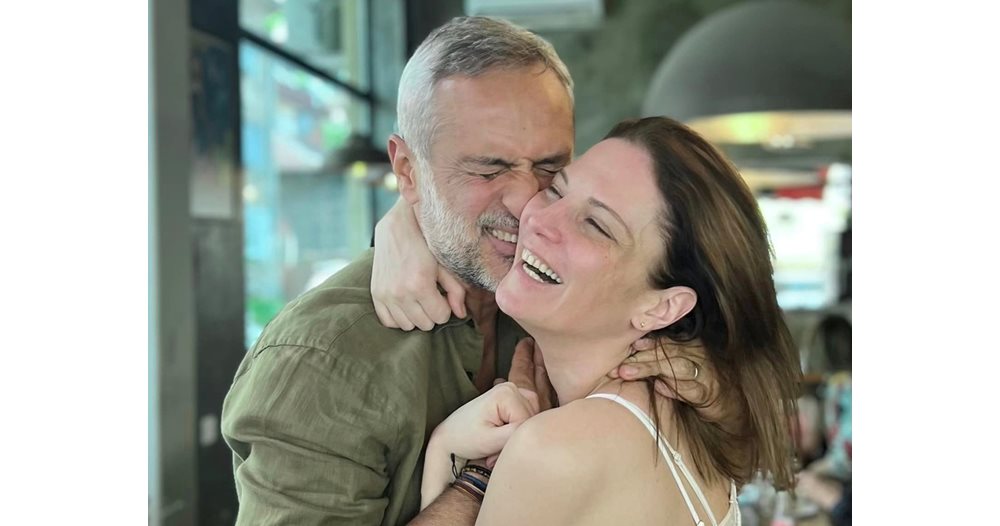Circulating vaccine-derived poliovirus type 2 (cVDPV2) has emerged as a serious concern in Indonesia, posing a threat to the country’s efforts to eradicate the virus. With several cases of the virus reported in the country in recent months, Indonesia has been forced to ramp up its vaccination efforts to prevent a larger outbreak. This article will explore the emergence of cVDPV2 in Indonesia, the measures being taken to contain the virus, and the challenges facing health authorities in their efforts to eradicate polio once and for all.
In March 2023, the Indonesia Ministry of Health notified the World Health Organization (WHO) of the detection of a circulating vaccine-derived poliovirus type 2 (cVDPV2) in a 48-month-old female with acute flaccid paralysis (AFP) in the Purwakarta district of West Java province. Investigations were launched by local and national public health authorities with support from partners of the Global Polio Eradication Initiative. Two rounds of immunization with novel OPV2 were planned to cover children below five years of age, regardless of their prior vaccination status. The outbreak was caused by a live, weakened form of poliovirus contained in oral poliovirus vaccine (OPV), which had genetically changed in West Java where there was poor hygiene, poor sanitation, or overcrowding.
Polio is a highly infectious disease that largely affects children under five years of age, causing permanent paralysis or death. The virus is transmitted person-to-person through the fecal-oral route or, less frequently, by a common vehicle (e.g., contaminated water or food) and multiplies in the intestine, from where it can invade the nervous system and cause paralysis. Up to 90% of those infected are either asymptomatic or experience mild symptoms, and the disease usually goes unrecognized. On rare occasions, the vaccine-derived virus can change into a form that can cause paralysis, as with the wild poliovirus – this is what is known as a vaccine-derived poliovirus (VDPV). The detection of VDPV in at least two different sources, and at least two months apart, that are genetically linked, showing evidence of transmission in the community, should be classified as ‘circulating’ vaccine-derived poliovirus type 2 (cVDPV2).
Following confirmation of the case in West Java, field investigations have been completed by the Ministry of Health with support from UNICEF, WHO, and other partners, including an active search for AFP cases targeting at least 200 households and a review of hospital records. Faecal samples have been collected from 30 healthy children, of which six samples were identified as VDPV2, which confirms that the virus was already circulating. Two rounds of immunization with novel OPV2 were planned to vaccinate a total of 3,984,797 children between 0 to 59 months in all 27 districts in West Java. A cumulative coverage of 85.6% has been achieved in West Java in the first round. The second round is planned for the third week of May.
In November 2022, four confirmed cases of VDPV2 were also reported in Indonesia, including three cases of circulating VDPV2 (cVDPV2) with acute flaccid paralysis (AFP) in Aceh province and one in West Java province. Additionally, four healthy children in Aceh province were confirmed to have cVDPV2. A rapid risk assessment was conducted for the outbreak in Aceh, which assessed the risk at the national level as high, regional level as moderate, and global level as low.
WHO assesses the risk to be high at the national level. Despite Indonesia having a strong capacity to respond to poliovirus outbreaks and West Java having a moderate to strong outbreak response capacity to interrupt transmission, there is a high susceptibility of the population to poliovirus type 2 after switching from trivalent to bivalent OPV; sub-optimal IPV coverage in Aceh, West Java, and several other provinces in Indonesia; high population mobility between West Java and other provinces within Indonesia; and reluctance to vaccinate among at-risk populations. The outbreak in Indonesia poses a moderate regional risk and a low risk globally.
It is essential to maintain high levels of routine vaccination coverage everywhere to minimize the risk and consequences of the circulation of any poliovirus, as well as the need to ensure quality surveillance for early detection of any poliovirus. All countries, in particular those with frequent travel and contacts with polio-affected countries and areas, should strengthen surveillance for AFP cases and commence planned expansion of environmental surveillance to rapidly detect any new virus importation and facilitate a rapid response. WHO’s International travel and health recommends that all travellers to polio-affected areas be fully vaccinated against polio. As per the advice of an Emergency Committee convened under the International Health Regulations (2005), the international spread of poliovirus remains a Public Health Emergency of International Concern.
As cases of circulating vaccine-derived poliovirus type 2 increase in Indonesia, it is more important than ever to prioritize vaccination programs and global efforts to eradicate this disease once and for all. With a comprehensive strategy that includes targeted vaccination campaigns, public education initiatives, and continued investment in research, we can put an end to polio and ensure the health and wellbeing of future generations. Let us all do our part to keep our communities safe and healthy, and work together towards a world free of polio.


